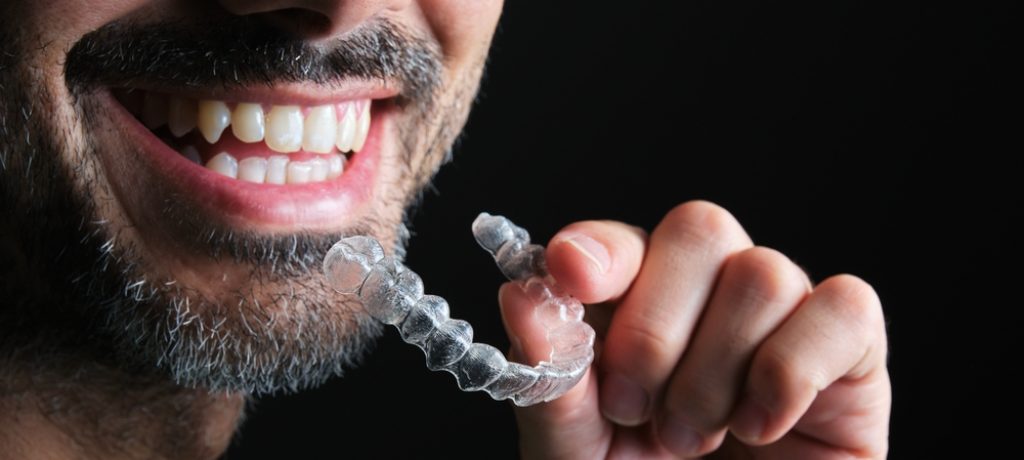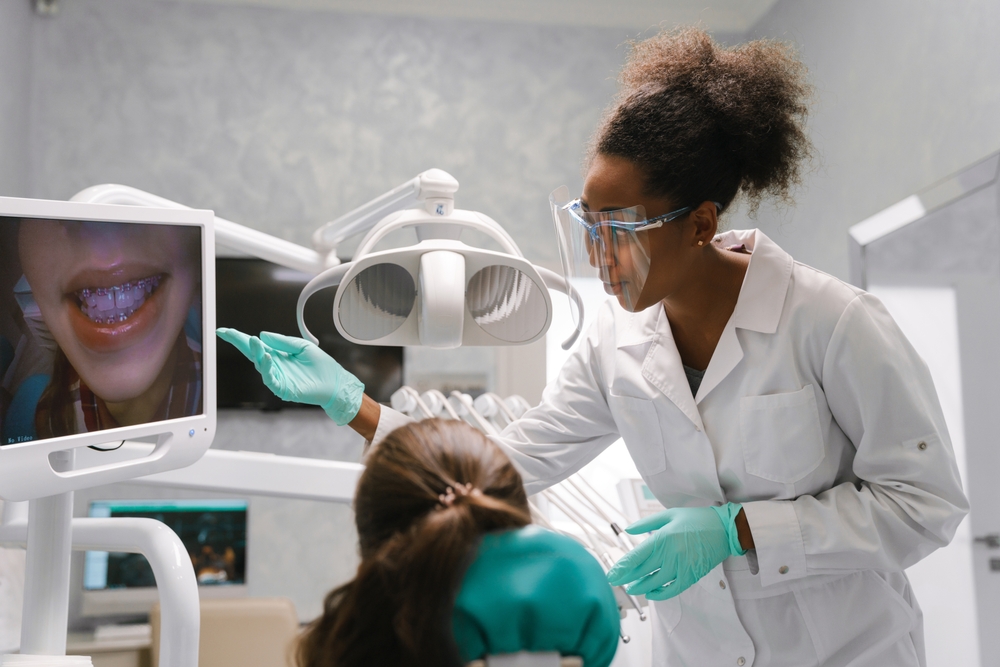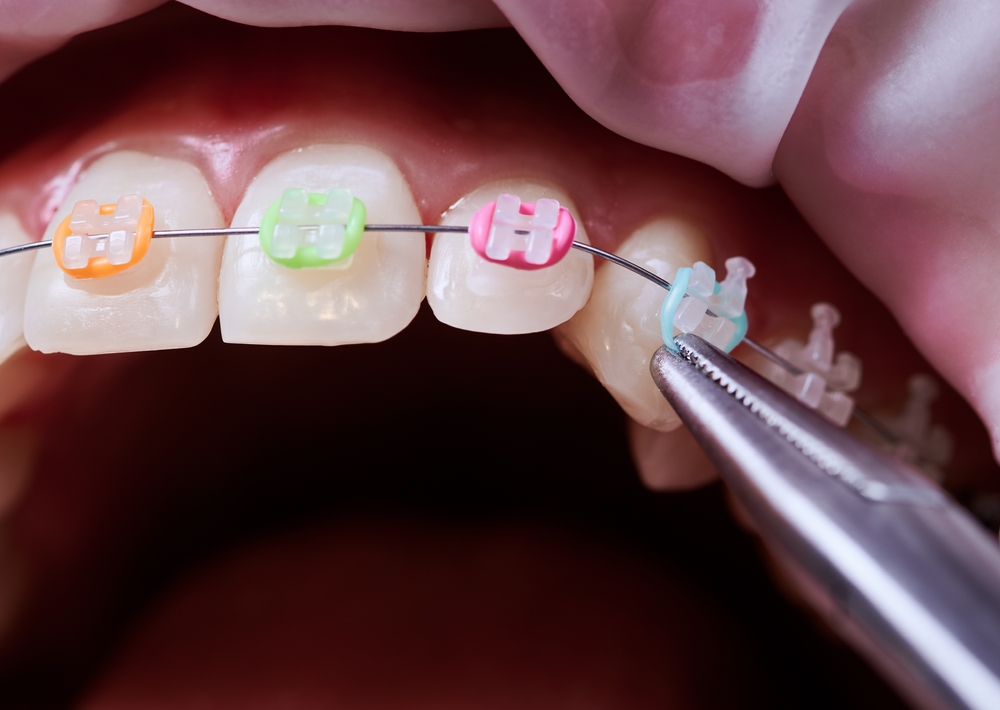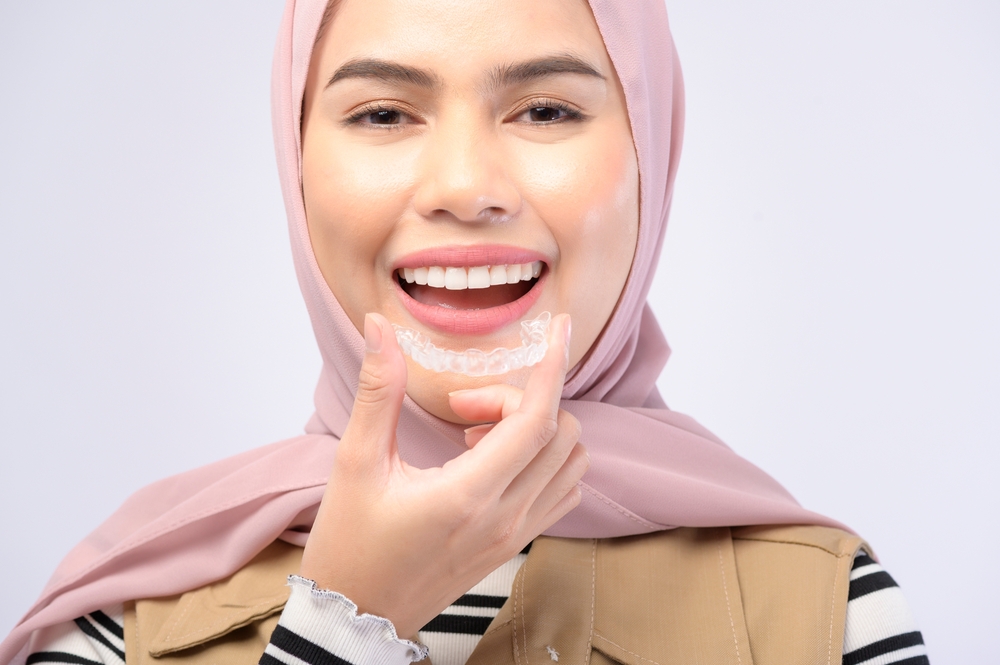Information Library
Start Reading

Metal brackets and wires remain a common way to correct crooked teeth and misaligned jaws. But today’s orthodontists also use several alternatives to braces.
Here at Penn Dental Medicine (PDM), we provide teeth correction services for patients from Philadelphia and throughout Southeastern Pennsylvania. Our dentists use several teeth straightening options to help patients—children, youth, and adults—achieve healthier, more beautiful smiles.

Crooked or crowded teeth are difficult to clean. When thorough brushing and flossing don’t happen, your risk for tooth decay and periodontal (gum) disease rises. And misaligned jaws cause malocclusions (“bad bites”) that make eating, chewing, and speaking problematic and painful.
Braces can solve these problems. Braces gradually pull your teeth to where they should be and reshape the underlying bone to eliminate bad bites.
But alternatives to braces with metal brackets and wires are available. Depending on your situation, one might be right for you.
Ceramic braces are still braces. But they’re a popular and effective alternative to traditional metal braces. Their brackets are made from polycrystalline alumina, a ceramic material that blends in with your teeth.
Sometimes not only the brackets but also the wires are clear or tooth-colored, rendering them all but invisible. Or, you could have some fun choosing brackets in colors you like.
However, ceramic braces are more fragile than metal ones. Frequent repairs could lengthen treatment time. Their brackets are bigger than metal brackets and more difficult to clean around, which could cause swollen or receding gums. And they are susceptible to staining because of their lighter color.

A lip bumper (or cheek bumper) is an acrylic- or rubber-covered, U-shaped, stainless steel wire stretching from one molar to the other and lining the front of the upper or lower teeth. This wire slightly pushes out the upper or lower lip. It makes space for the front teeth to move into the correct position while pushing the molars to where they belong.
Lip bumpers are mainly for younger children with overbites and crowded teeth who need more room for adult teeth to erupt. Orthodontists usually cement bumpers in place to be worn all day, for 1 to 2 years.
Orthodontists place these braces’ brackets and wires behind teeth—on the “lingual” side (the side facing the tongue)—where they work as traditional braces do.
Lingual braces’ location makes them more difficult to clean. Taking extra time for careful brushing and flossing is crucial. Some patients find using a dental mirror helps.
Lingual braces are also more fragile than traditional ones. They are completely customized and more complicated to place. But because they are not noticeable, lingual braces remain a popular alternative to traditional braces for adults.

Tongue thrust is a natural reflex in infants who are nursing. But if it persists in toddlers and children, it needs orthodontic attention. Tongue thrust can result in misaligned teeth as well as breathing, swallowing, and speech problems.
A tongue crib is a custom orthodontic appliance that hangs behind the front teeth on two rings attached to the molars. Tongue cribs stop the tongue from pushing against teeth. They retrain the tongue to stay in its normal position, letting teeth move to where they should be.
Although tongue thrust is less common among adults, tongue cribs can help older patients who need them, especially in conjunction with myofunctional therapy (therapy for the face, tongue, and mouth muscles).
Unlike metal or ceramic braces, invisible braces are medical-grade plastic aligners. Generally considered more comfortable and attractive than traditional braces, they’ve become an extremely popular option for adult teeth straightening.
While treatment time varies by patient, invisible braces can straighten teeth faster than traditional braces. Patients can easily remove aligners, making brushing and flossing easier and eliminating the need for braces-related dietary restrictions.
Invisible braces need no uncomfortable adjustments. But patients do need new aligners every one to two weeks, and they must be worn for at least 22 hours each day. They work best to correct only mild to moderate bite issues.
But for many adults seeking alternatives to braces, invisible braces’ comfort and discretion outweigh any disadvantage.
At PDM, our skilled residents and faculty use both traditional metal braces and alternatives to them to give patients in and near Philadelphia straighter teeth and more attractive smiles.
When you’re a PDM patient, you can count on receiving quality, patient-centered treatment that uses the highest quality materials and state-of-the-art techniques.
And because we are a teaching clinic, you’ll find more affordable braces and alternatives to braces than you would at most private practices.
Do you want to discover your best option for straightening your teeth and improving your oral health? Download our free eBook, “Affordable Orthodontics at Penn Dental Medicine.” It will help you make an informed, cost-effective decision about braces or alternatives to them.